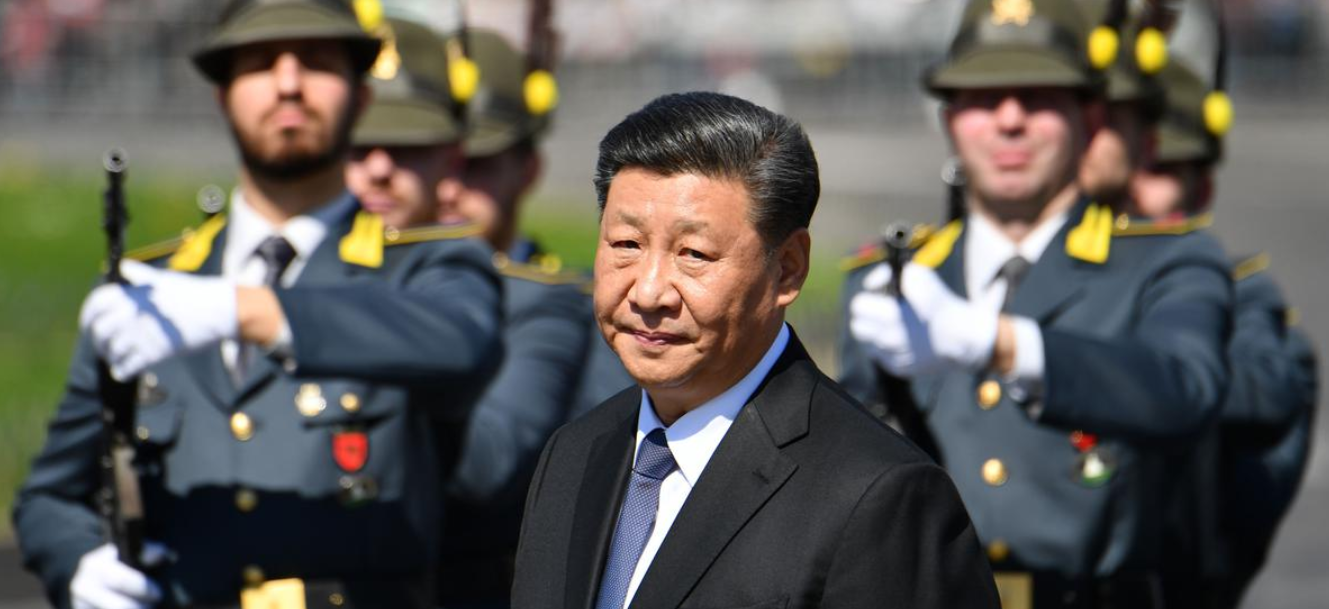China Plus One Strategy (GS Paper 2, IR)

Context:
- India has a significant opportunity to capitalize on the China Plus One (C+1) strategy to attract global manufacturing investments.
- While China's export capacity remains strong, India's large domestic market, low-cost talent, and growth potential position it as a viable alternative.
What is the China Plus One Strategy?
- Concept: This strategy involves companies diversifying their manufacturing and supply chains by establishing operations in countries other than China to mitigate risks associated with over-reliance on a single country.
- China's Dominance: China has been the "World's Factory" for decades due to favorable factors of production and a robust business ecosystem.
- Shift in the 1990s: Large manufacturing entities from the US and Europe moved their production to China to benefit from low costs and a vast domestic market.
- Pandemic Disruptions: The Covid-19 pandemic caused significant disruptions. China’s zero-Covid policy led to industrial lockdowns, causing inconsistent supply chains and container shortages.
Evolution of the China Plus One Strategy:
- The combined impact of China’s zero-Covid policy, supply chain disruptions, high freight rates, and longer lead times prompted many global companies to adopt the C+1 strategy.
- This strategy explores alternative manufacturing locations in other developing Asian countries such as India, Vietnam, Thailand, Bangladesh, and Malaysia.
Opportunities for India:
- Demographic Dividend and Consumption Power:
- India’s youthful demographic boosts consumption, savings, and investments. As of 2023, 28.4% of the population is under 30, compared to China’s 20.4%.
- Cost Competitiveness and Infrastructure Advantage:
- India’s lower labor and capital costs make its production sector highly competitive.
- A 2023 Deloitte study revealed that India’s average manufacturing wage is 47% lower than China’s.
- The National Infrastructure Pipeline (NIP) aims to reduce manufacturing costs and improve logistics.
- Business Environment and Policy Initiatives:
- Policies such as the Production Linked Incentive (PLI) scheme, tax reforms, and relaxed FDI norms have created a conducive business environment.
- The Make in India initiative promotes ease of doing business and attracts foreign investments.
- Digital Skilling and Technological Edge:
- With 870 million internet users as of January 2024 and access to global tech giants like Google and Facebook, Indian youth have a digital advantage.
- Strategic Economic Partnerships:
- India’s strategic approach includes sub-regional partnerships and the CEPA trade agreement with the UAE, expected to increase bilateral trade by 200% within five years.
- Dynamic Diplomacy and Global Influence:
- India’s active participation in groupings like QUAD and I2U2, along with leadership roles in G20 and SCO, strengthens its economic ties and opens doors for technology transfer and market access.
- Large Domestic Market:
- India’s GDP per capita growth of 6.9% between 2018 and 2023 provides a vast consumer base and strong foundation for sustained economic growth and increased global trade.
Sectors Benefiting from the China Plus One Strategy in India:
- IT/ITeS: Recognized as a key player in IT services exports, with initiatives like "Make in India" attracting global technology firms.
- Pharmaceuticals: India's pharmaceutical industry is the world’s third-largest by volume, with significant cost advantages and a strong export position.
- Metals and Steel: India’s natural resources and the PLI scheme for specialty steel position it as a major steel exporter.
India’s Performance in the C+1 Landscape:
- Import Growth: India’s imports from Western countries have shown significant growth, with a CAGR of 6.3% from 2014 to 2023.
- Business Perception: Despite resources and strategic planning, India struggles with a positive business perception compared to Vietnam and Thailand.
- Tariff Rates: Higher tariff rates and an inverted duty structure reduce competitiveness.
Factors Hindering India’s Competitiveness:
- Ease of Doing Business: Complex regulatory environment and bureaucratic hurdles.
- Manufacturing Competitiveness: High input costs, inadequate infrastructure, and skill shortages.
- Infrastructure Deficiencies: Poor transportation, logistics, and energy infrastructure.
- Labour Market Rigidities: Restrictive labor laws hinder flexibility.
- Tax Structure: Complex tax regime increases business costs.
- Land Acquisition Challenges: Delays and high costs in land acquisition.
- Skill Mismatch: Education system not aligned with industry needs.
- Corruption: Erodes investor confidence.
Way Forward:
- Targeted Incentives and Subsidies: Offer attractive incentives, particularly in electronics, automotive, and pharmaceuticals.
- Improve Ease of Doing Business: Streamline regulatory processes and simplify labor laws and land acquisition procedures.
- Develop Specialized Industrial Clusters: Create dedicated industrial clusters with world-class infrastructure.
- Invest in Skill Development: Strengthen vocational training and promote STEM education.
- Enhance Infrastructure and Logistics: Invest in modern transportation networks and reliable utilities.
- Streamline Trade Policies and Agreements: Negotiate FTAs and simplify import-export procedures.
- Promote Research and Innovation: Encourage public-private partnerships in R&D.
Conclusion:
- The China Plus One strategy presents a crucial opportunity for India to address its longstanding manufacturing sector challenges and emerge as a global manufacturing powerhouse.
- By addressing key bottlenecks and implementing a comprehensive strategy, India can leverage this trend to drive sustainable economic growth and job creation.
- The time is ripe for India to seize the C+1 opportunity and cement its position as a preferred manufacturing destination.


